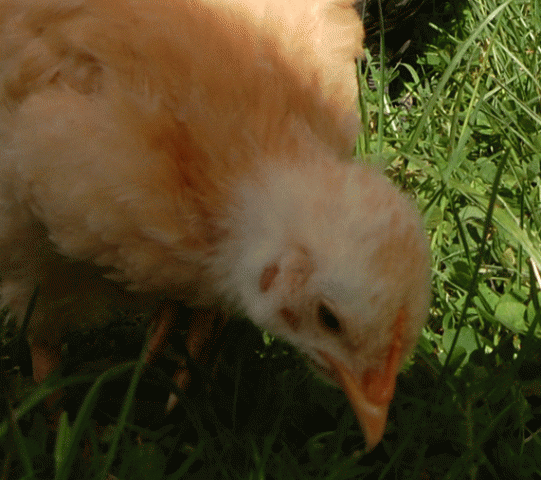I just noticed today that one of my one-month-old buff orpingtons looks a little puffy right below her ears... her ear canals are not blocked/swollen shut and there is no pus or anything, but it looks a little swollen right below the ear (kind of near the back of her jaw, above the wattles)... She has been out in the coop for a week, and sometimes goes out on the grass when I can supervise. The other 10 chicks all look fine.
Could this be an ear infection? Some kind of gland? If so, how do I treat her? Thanks!
edit: she is acting normal, eating, drinking, poop is normal, she doesn't seem to be in any pain
Could this be an ear infection? Some kind of gland? If so, how do I treat her? Thanks!
edit: she is acting normal, eating, drinking, poop is normal, she doesn't seem to be in any pain
Last edited:




